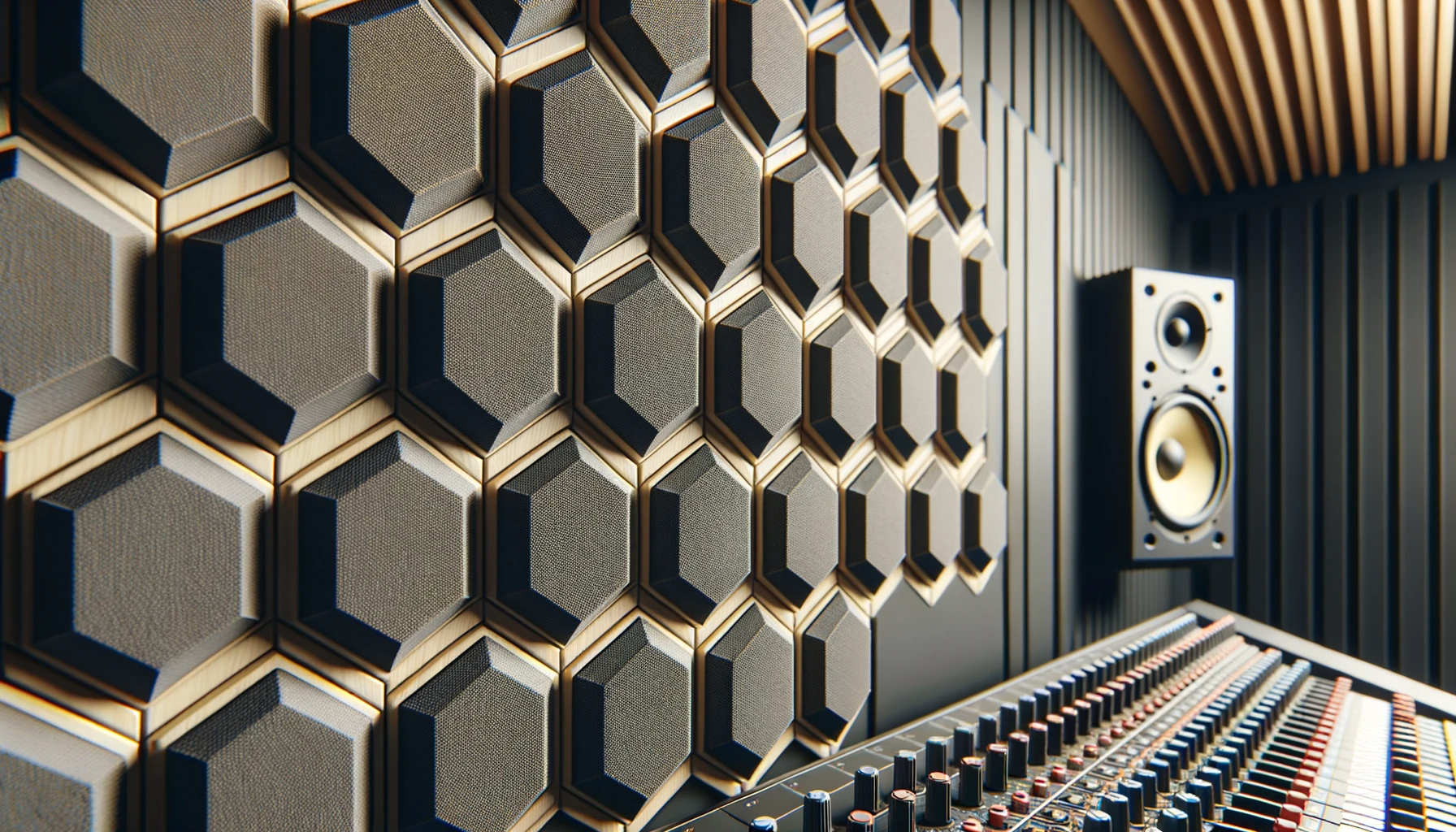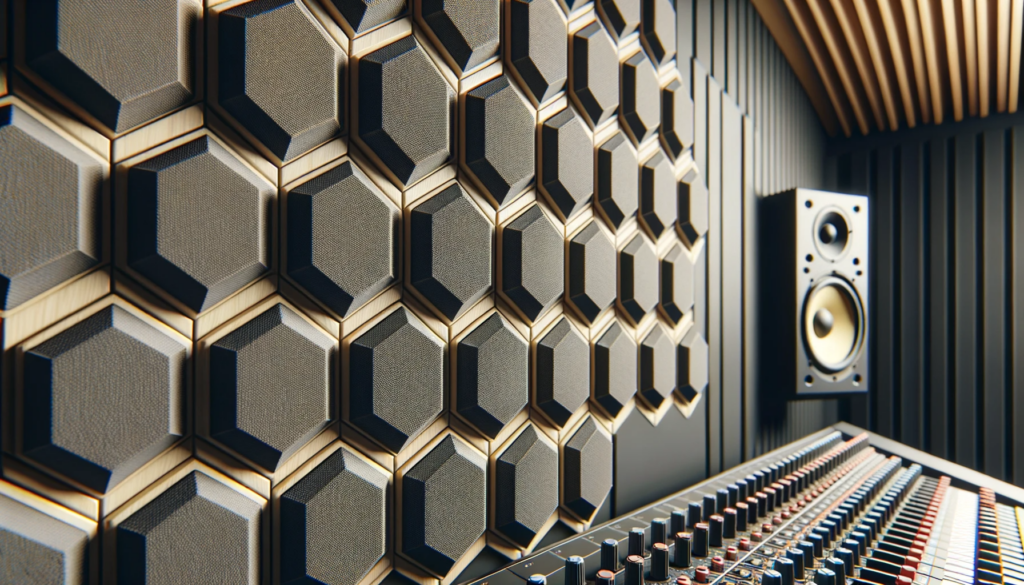
Table of Contents
Beyond Shapes: Focusing on Performance
Hexagon wall panels are a marketing term with no meaning when it comes to understanding the product. The shape of a technology has little to do with anything when it comes to the product’s performance. When you are discussing hexagon wall panels, round shaped panels, or rectangular wall panels, the shape is not the guiding factor, performance is.
Why are you considering wall panels of any type let alone hexagon wall panels? What is the sonic issue you are trying to minimize with hexagon wall panels? We will have to make some assumptions to further the discussion on hexagon wall panels or any other shape of panel. We will assume we are treating sound absorption panels regardless of their shape. We will also assume we are absorbing middle and high frequencies to manage reverberation times within the room.
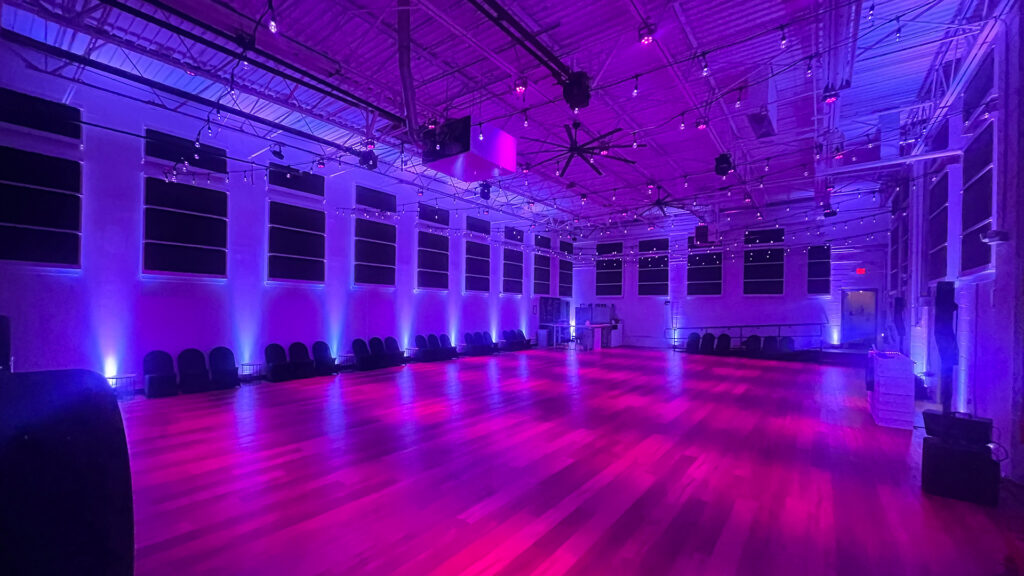
Understanding Reverberation and Its Impact
Reverberation is defined as to how long a sound stays around within a room after it has been sung, spoken, or played. Reverberation is sound energy that overstays its welcome. Most people refer to actual reverberation as echo. It is not echo. Echo is a repeating signal usually over distance. Reverberation is the summation from all of the room walls, floor, and ceiling. Every surface within our rooms contributes around 17% to the overall reverberation times.
Reverberation is a measure of decay. It is how long it takes within a room for the source energy to decay 60 dB in strength. High reverb times produce distortion for middle range frequencies. There is even an index that measures what we call speech intelligibility. Speech intelligibility is defined as to how many words one can clearly hear in a ten word sentence. We strive for 8 out of 10 words with our brains filling in the missing words that reverb covers up.
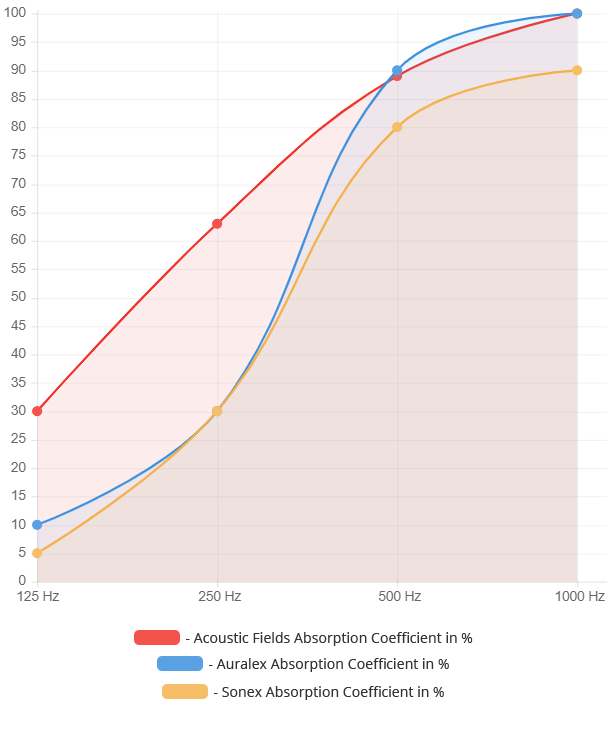
The Role of Sound Absorption in Enhancing Speech Intelligibility
To manage the reflections within our rooms and raise speech intelligibility numbers, we must use sound absorption technologies. We must cover the surface areas that are producing the reflections and adding to the reverberation issues. We need to focus on the frequency range from 125 hz. – 500 hz in order to have a technology that will have the largest impact on reverberation for the money and surface area that we must cover. Treating reverberation is all about TAP: type, amount, position. To manage reverb you must use the correct type of treatment.
The treatment must focus upon the 125 – 500 hz. region. It must perform with a linear absorption curve. You must use the correct amount on each surface area. We have found that these percentages of coverage vary with room size and usage. As a general rule they fall into the 35 % , 50%, or 65% coverages on most walls and sometimes the ceiling. You must position the treatment on the correct surface area that is producing the reflections.
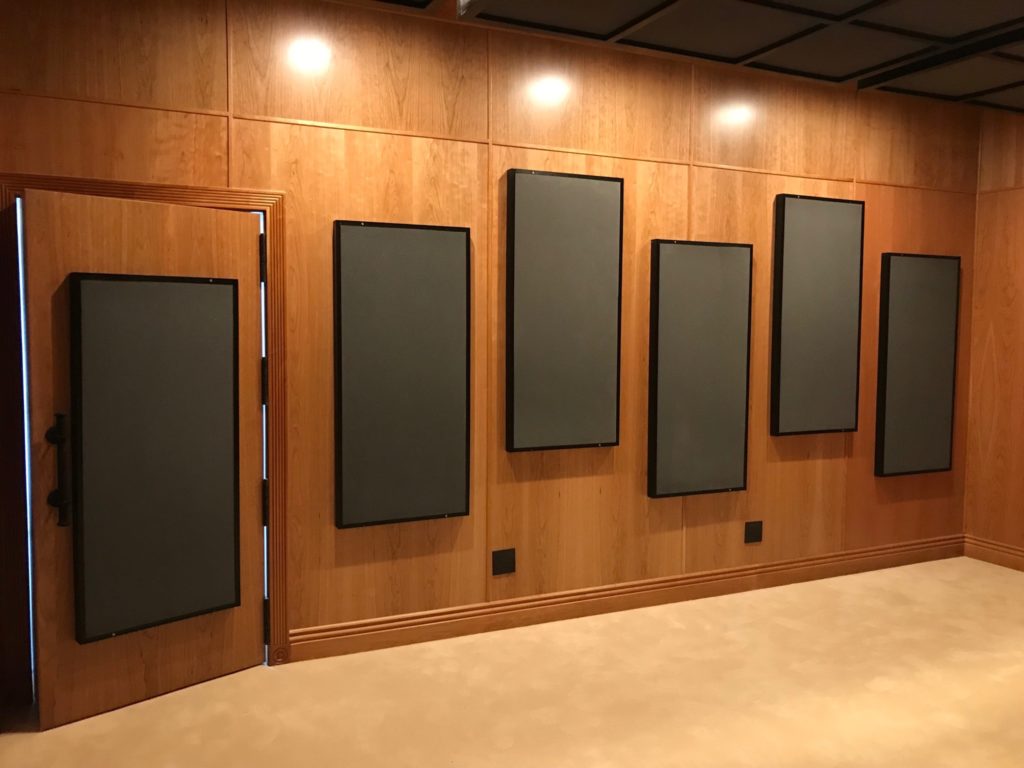
Applying the TAP Methodology
To treat reflections, we must absorb their excess energy. With less energy comes lower reverb times. At Acoustic Fields, we have a program to assist you with obtaining the proper reverb numbers for your room and its usage. We can determine the existing room reverb numbers along with your target reverb number goals.
Once we have the target reverb number, we can calculate the treatment type along with the amount of treatment we will need and the proper place to put it for maximum effectiveness. The acronym we use for reverb and all other is TAP. Tap stands for type, amount, and position. There are certain room boundary surfaces that when treated will provide more acoustical performance for the dollars and surface area coverage that is spent.
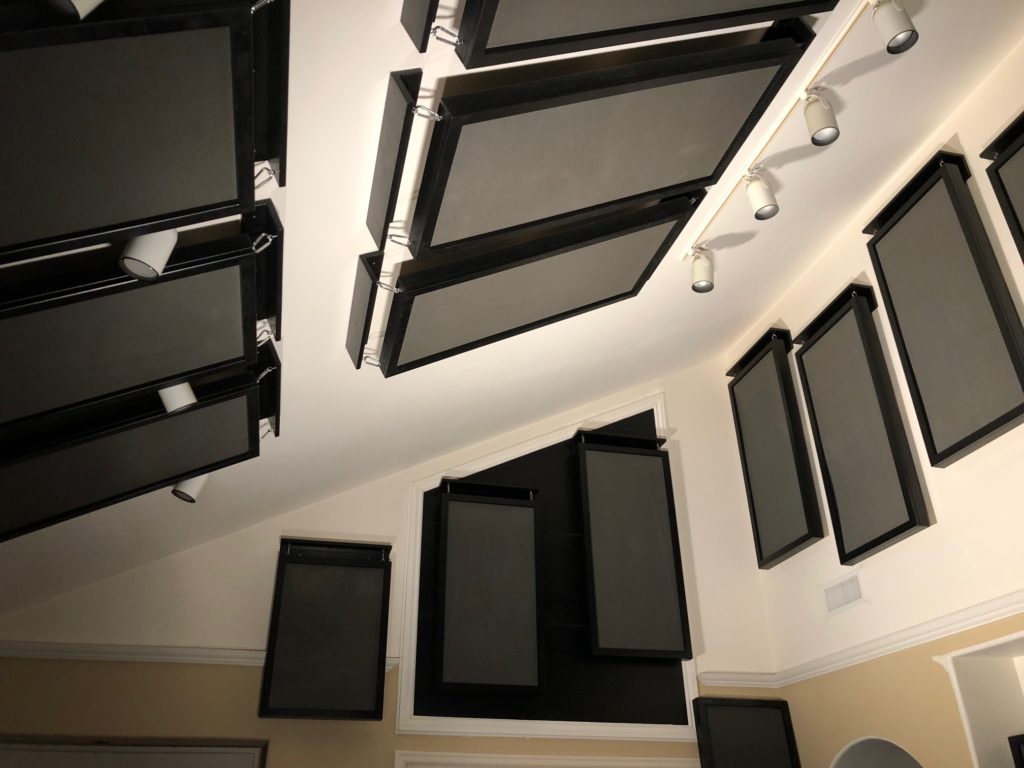
Effective Reverberation Management with Acoustic Fields
Managing reverb is all about two main issues. First, since you must cover large surface areas, You need both the budget and the space for treatments. If your room is full of glass windows, you will have to increase the rate of absorption by 25% by adding sometimes 50% more treatment. Churches face this issue. Some have large sidewall windows that can be large all across the sidewall surfaces. They can not be covered.
The remaining wall space can contain many ornaments such as statues , crosses, and pictures. Without the available spaces on the sidewalls, they are forced to go to the ceiling to find enough surface area to make up for the loss of treatment space on the sidewalls. We offer two ways to purchase our technology. You can buy our production units where we build them for you or you can purchase our proprietary carbon and foam technology and use our DIY program.


